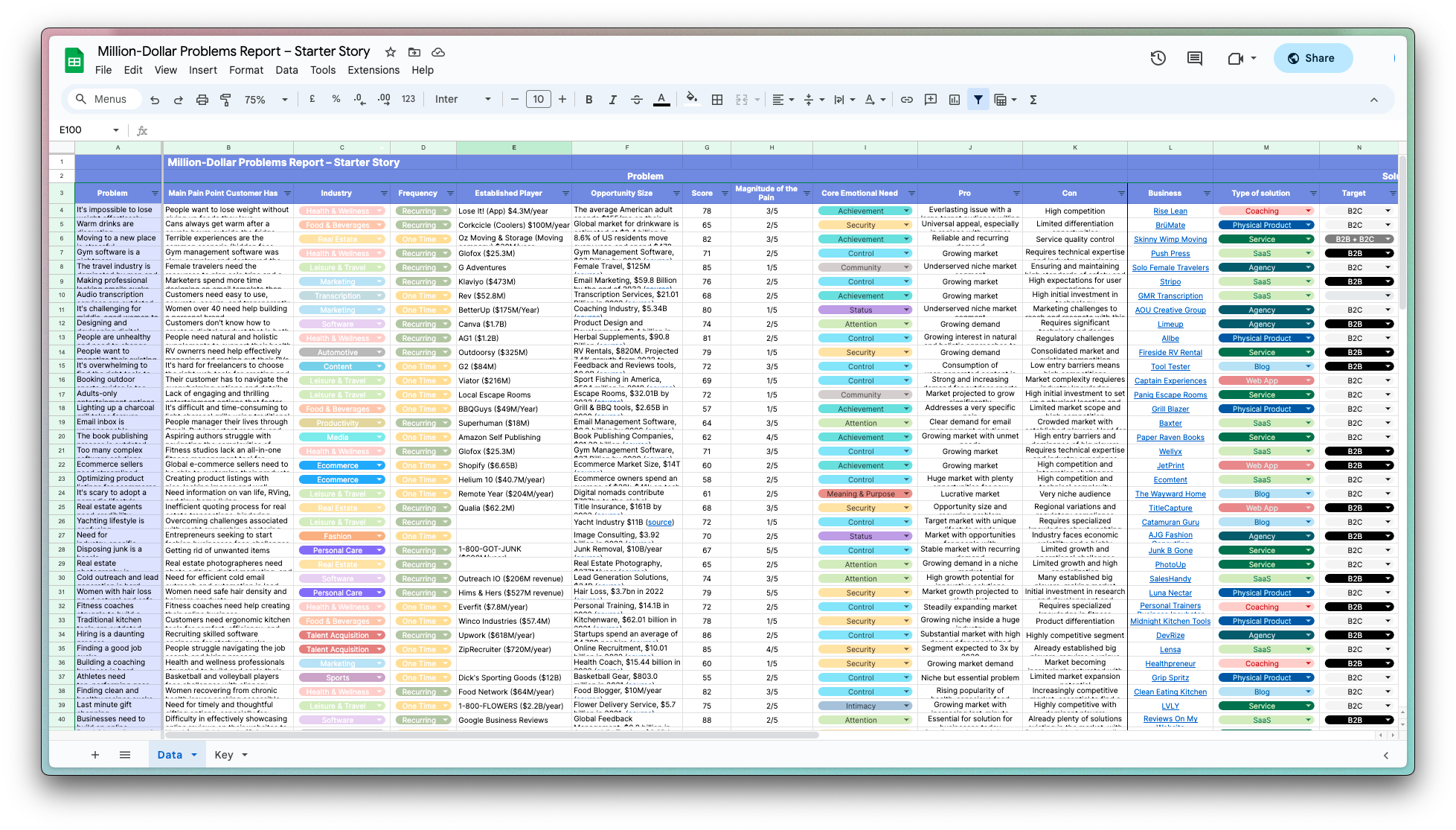
6 Online Tool Success Stories [2025]
Looking to simplify everyday tasks with a digital solution? Consider developing an online tool. An online tool can be a web application designed to solve particular problems, such as project management, scheduling, or financial tracking.
Starting this venture involves identifying a common challenge people face and creating a digital solution to address it. You'll need skills in programming, design, and marketing—or you can assemble a team with these capabilities.
The demand for digital solutions is enormous as businesses and individuals look to increase efficiency and productivity. Launching an online tool involves significant effort in market research, development, and customer support, but the potential returns are substantial.
Creating an online tool is not just about coding but also about continually improving based on user feedback and market trends. It’s a commitment to providing value through technology. If you have a knack for innovation and problem-solving, this is a business idea worth exploring.
In this list, you'll find real-world online tool success stories and very profitable examples of starting a online tool that makes money.
1. Thankbox ($420K/year)
Val, the founder of Thankbox, came up with the idea while working as a contractor and noticed the challenges of organizing a card and cash collection for team occasions. After realizing there was no existing solution that covered both aspects, Val launched Thankbox in May 2020. Through strategic marketing and design improvements, Thankbox experienced rapid growth and generated over $2 million worth of gift cards since its launch.
How much money it makes: $420K/year
How much did it cost to start: $2.5K
How many people on the team: 3
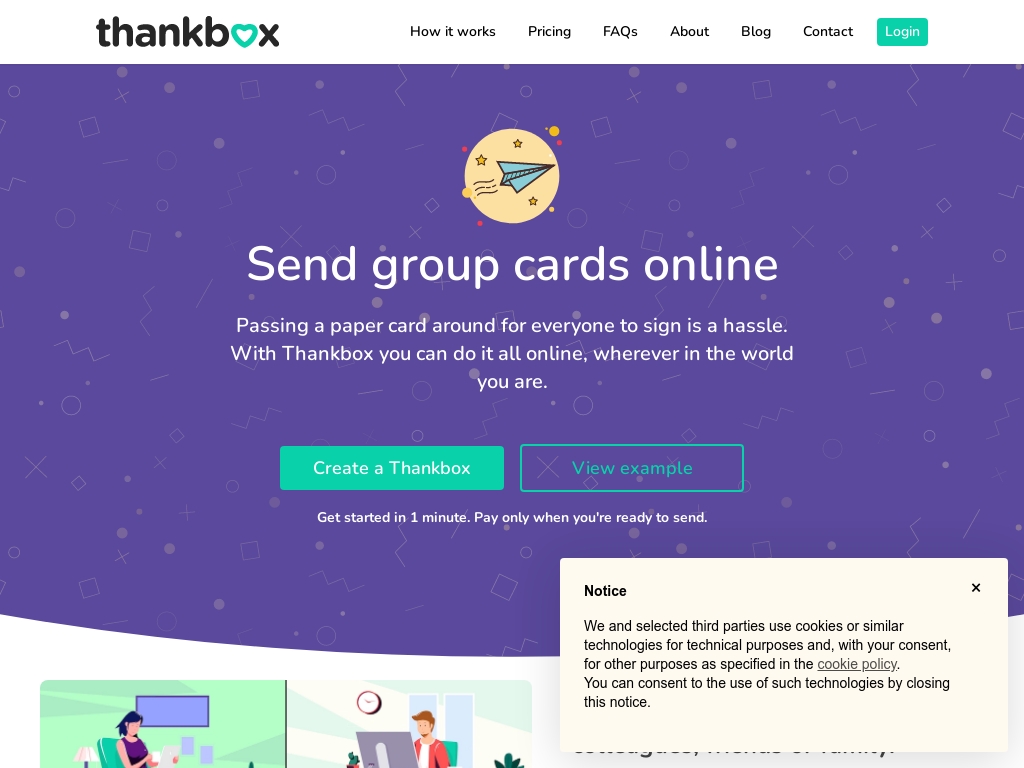

30-year-old Val shares how she founded Thankbox, an online group card and gift collection service in Scotland that has been used to send over 40,000 cards, issued over $2 million worth of gift cards, and now pulls around $25k in revenue per month, with plans to expand and offer physical versions of cards.




2. The Word Counter ($240K/year)
In college, the need for a reliable word counter was clear. Like many students, frequent use of character and word counting tools was a necessity, but none stood out as authoritative. Many tools were clunky and lacked comprehensive features, which sparked the idea to create a more user-focused solution.
The aspiration was not just to build another tool but to fill a gap with a product that could be the go-to resource for English language queries. With a strong background in SEO, the idea also presented an opportunity to test and showcase SEO strategies. This led to the development of a one-stop tool that not only counted words but also provided insightful data about writing.
Before development, research into existing tools underscored their shortcomings, guiding the design of a tool that was both easy to use and visually appealing. Feedback during this phase highlighted the need for clear, consolidated information displays. While challenges arose, such as maintaining quality on a budget, the process reinforced the importance of investing in superior development and content.
How much money it makes: $240K/year
How much did it cost to start: $25K
How many people on the team: 1

Founder Kevin Miller's online word counter tool achieved over 300,000 keyword rankings, over 2,400 domain referrals and made $40,000 per month through Google's top results in just two years through SEO practices, proving the value of investing in quality and SEO.




3. ThumbnailTest ($192K/year)
Rox launched Clipbot, a tool that helps Twitch streamers repurpose clips into TikToks and YouTube Shorts. They got their initial customers through a Reddit post and later focused on SEO, which became their biggest source of traffic. Clipbot now has $800 MRR and is gaining traction.
How much money it makes: $192K/year
How much did it cost to start: $99
How many people on the team: 0
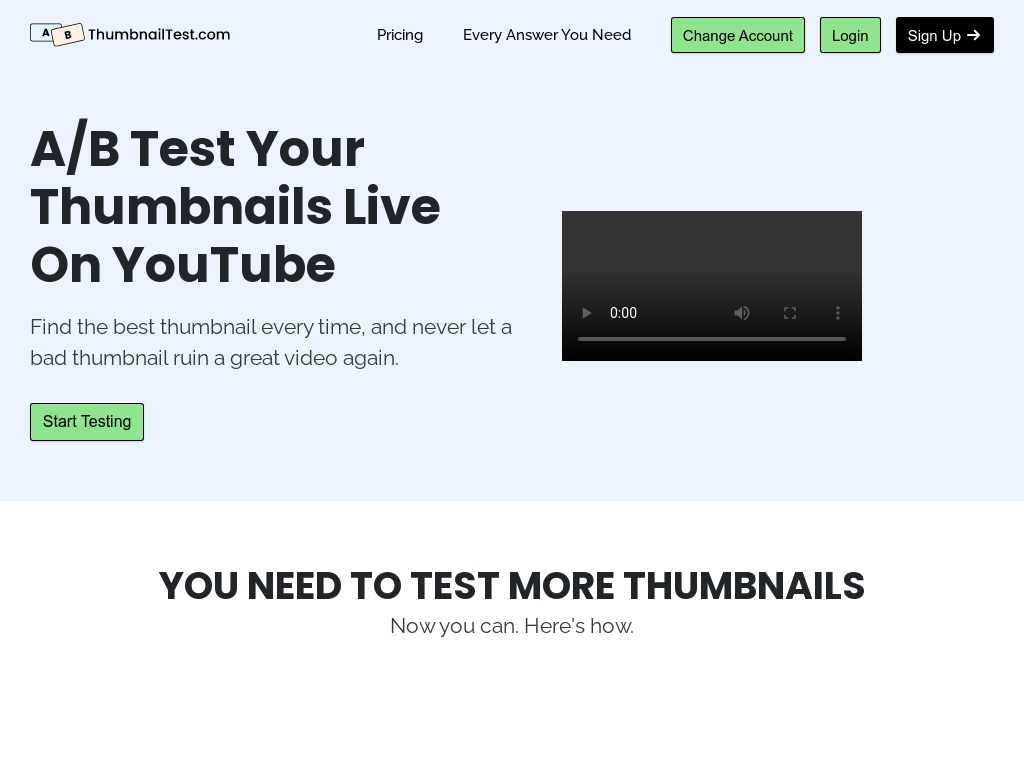

Startup founder Rox talks about her journey building startups live on Twitch, including projects Clipbot.tv and ThumbnailTest.com, which have brought in a total of $800 MRR and almost 7,000 Twitch followers.




4. stagetimer.io ($100K/year)
Lukas came up with the idea for Stagetimer during a casual visit to a recording studio where he noticed a problem: his friend was running back and forth to manually start and stop a timer for recordings. This inefficiency sparked Lukas's curiosity, and he began searching for a remote-controlled timer but found none that met this specific need. Seeing an opportunity, he decided to develop a basic version of such a timer over a weekend to test his skills and see if there was any interest.
To validate his idea, Lukas posted about his project on Reddit, seeking feedback from potential users. The response was encouraging, with users providing valuable suggestions that shaped the tool's development. This direct engagement highlighted the demand for a more convenient timing solution, and the enthusiastic feedback helped Lukas refine the Stagetimer based on real user needs.
Throughout the ideation phase, one of the main challenges was managing the development and feedback process while both Lukas and his wife, Liz, had full-time jobs. By leveraging a freemium model and continuously iterating the product in response to user feedback, they were able to prioritize features that customers genuinely found valuable. The key lesson here was that listening to paying customers' needs is crucial, and building a tool based on a clear market demand proved to be more successful than merely chasing interesting ideas.
How much money it makes: $100K/year
How much did it cost to start: $0
How many people on the team: 0
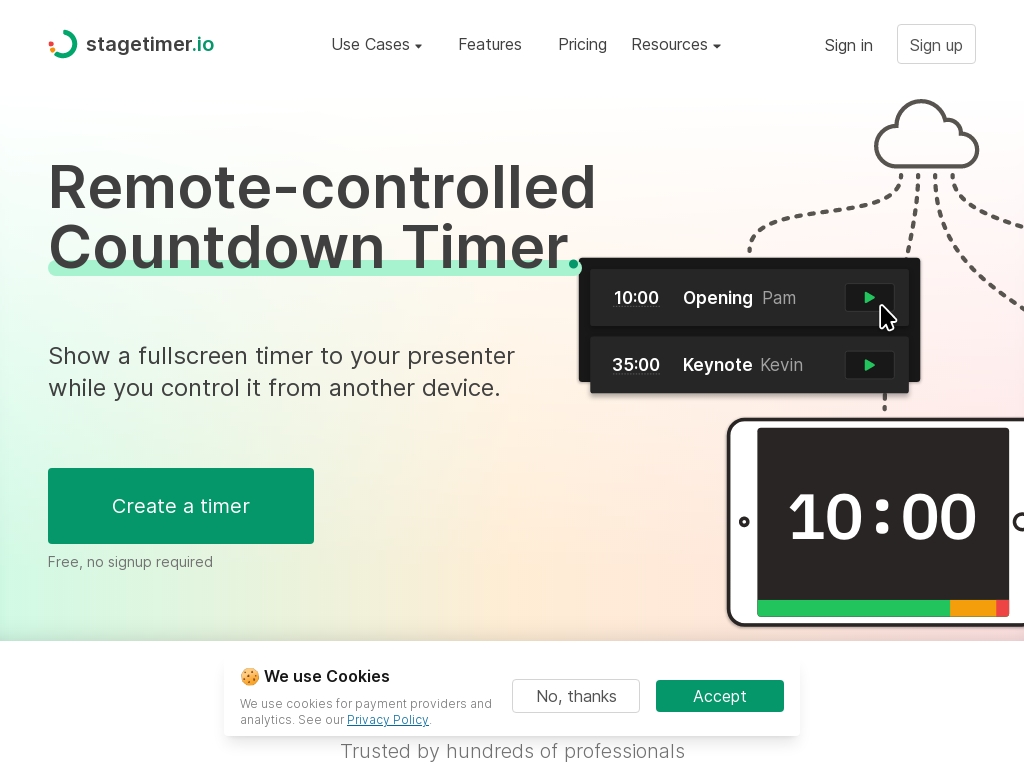

Stagetimer generates $8,000 in monthly revenue by providing a simple online countdown timer for event producers to keep meetings and presentations on time, built based on a need in the market and validated through word of mouth and search engine optimization.




5. OrgPad ($12K/year)
Vít Kalisz, co-founder and CEO of OrgPad, had the idea for the universal digital whiteboard tool after visiting his university teacher in Switzerland, where he convinced him to leave Google and start OrgPad together. The idea had actually been forming since the early 1980s with the work of Czech mathematician Zdeněk Hedrlín, and Vít was determined to bring his ideas to life. Through self-funding and building a strong community, OrgPad has grown rapidly and now helps over 17,000 people with their studies and work.
How much money it makes: $12K/year
How much did it cost to start: $10K
How many people on the team: 0


OrgPad is a web-based digital whiteboard that helps over 17,000 people with their studies and work, with a strong community built around the product leading to rapid revenue growth and profitability.




6. nslookup.io ($6K/year)
Ruurtjan's idea for nslookup.io was born from his long-standing fascination with web tools and the digital space. Since his early days, running a school tabloid and attempting to create a flash game site, he always had a knack for online projects. Over time, his failed attempts and half-finished projects taught him a valuable lesson: the need to focus and commit to a single idea. Faced with a list of numerous potential projects, he carefully evaluated each one against specific criteria: longevity, potential profitability, and personal capability to execute it.
After identifying a promising concept with nslookup.io, Ruurtjan tackled the initial complexities of development, learning from past projects that simplicity often works best in the beginning. He initially struggled with a complex setup that led to technical debt and a lack of motivation. So, he restarted from scratch using familiar tech, taking shortcuts where possible, which allowed him to launch sooner rather than focusing on perfection from the start.
The founder's thought process was deeply rooted in strategic decision-making, choosing an idea with both personal interest and lasting relevance. Ruurtjan evaluated his ideas pragmatically and used lessons from previous endeavors to pick a project that not only aligned with his skills but was executable with a clear focus. By embracing the importance of starting with a simpler setup and pivoting when necessary, he learned that sometimes quick iterations and the courage to restart can save a lot of frustration and time in the long run.
How much money it makes: $6K/year
How much did it cost to start: $100
How many people on the team: 0
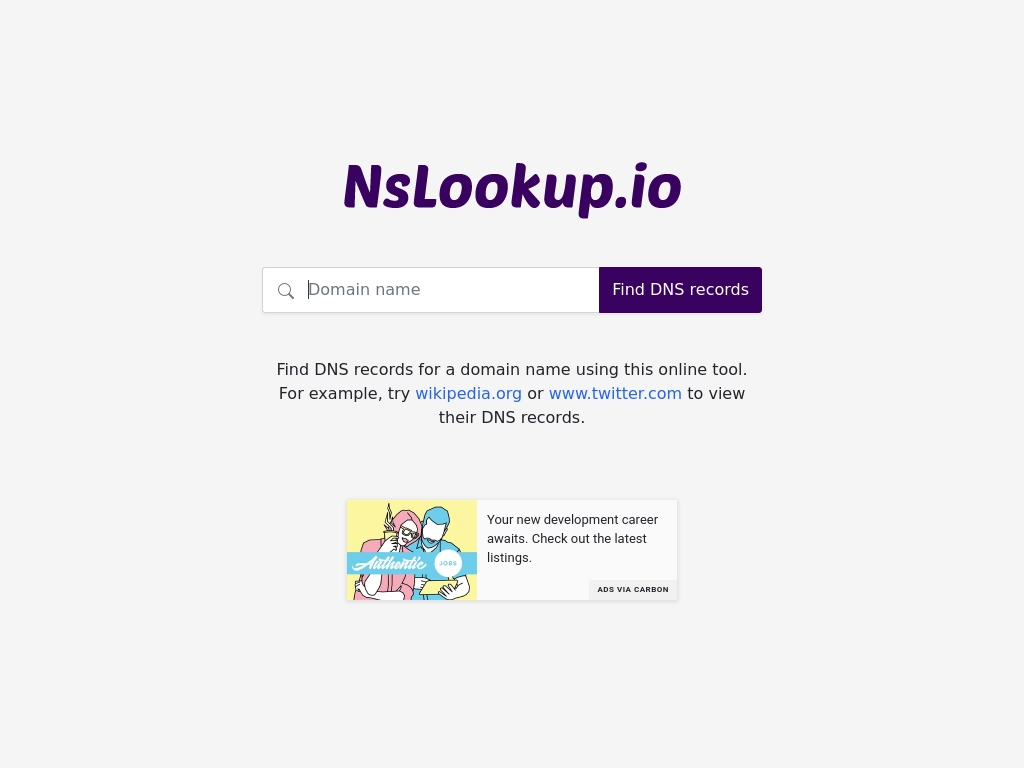

A portfolio of web tools with a combined monthly unique user count of 250k, netting around $500 a month, looking to improve traffic and revenue by improving search volume and revenue per visitor, and actively looking to monetize ad space through a partner.




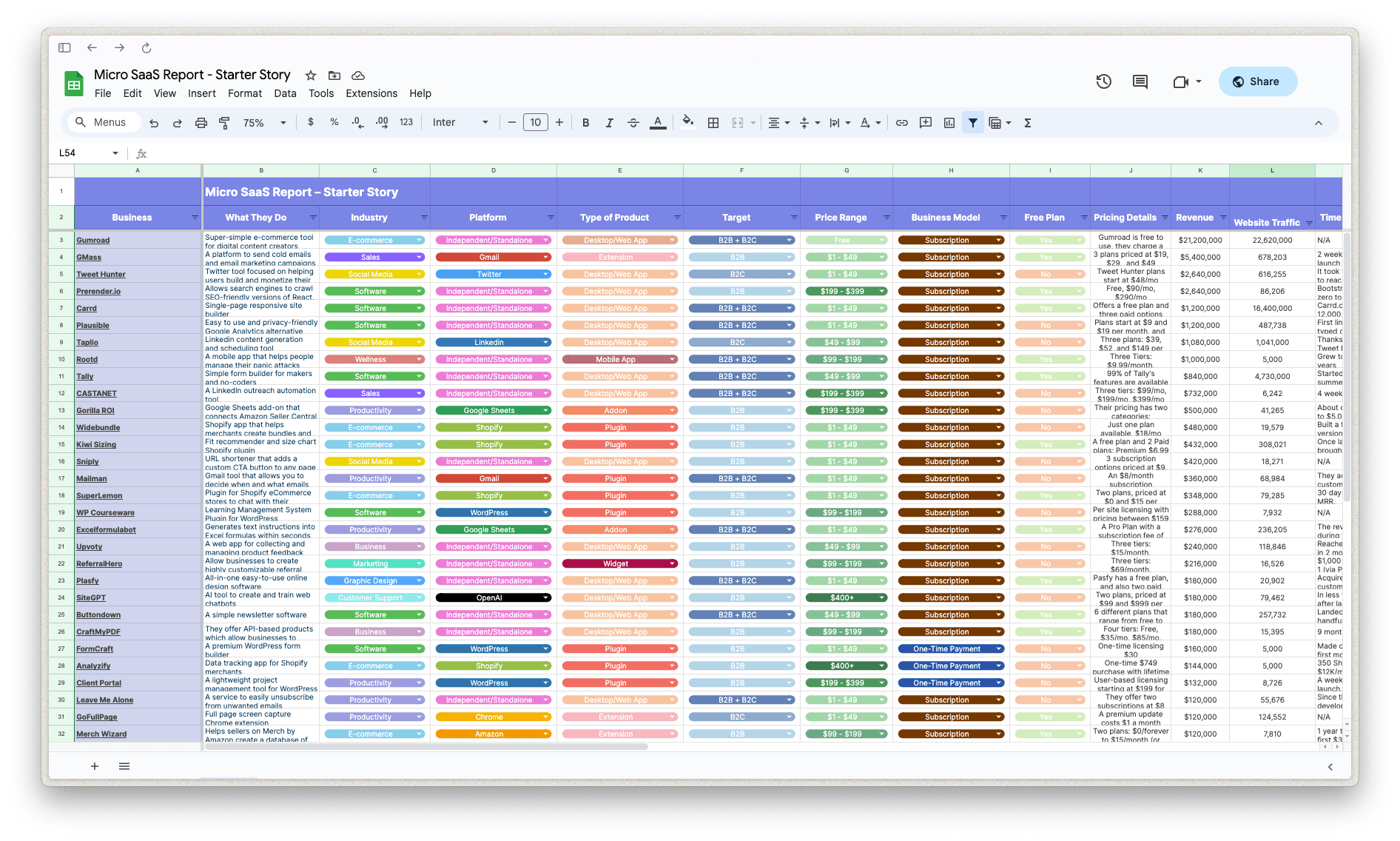
Download the report and join our email newsletter packed with business ideas and money-making opportunities, backed by real-life case studies.

Download the report and join our email newsletter packed with business ideas and money-making opportunities, backed by real-life case studies.

Download the report and join our email newsletter packed with business ideas and money-making opportunities, backed by real-life case studies.

Download the report and join our email newsletter packed with business ideas and money-making opportunities, backed by real-life case studies.

Download the report and join our email newsletter packed with business ideas and money-making opportunities, backed by real-life case studies.

Download the report and join our email newsletter packed with business ideas and money-making opportunities, backed by real-life case studies.

Download the report and join our email newsletter packed with business ideas and money-making opportunities, backed by real-life case studies.

Download the report and join our email newsletter packed with business ideas and money-making opportunities, backed by real-life case studies.












